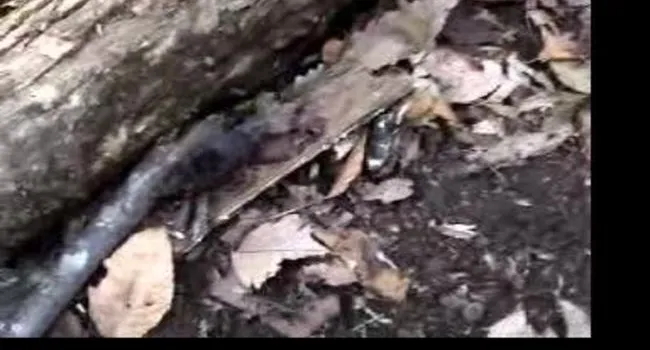
Video
This shrew is very common and is one of the largest of the various shrew species weighing 11- 30 g. Food consists mainly of invertebrates such as earthworms, snails, and insects. However, these shrews...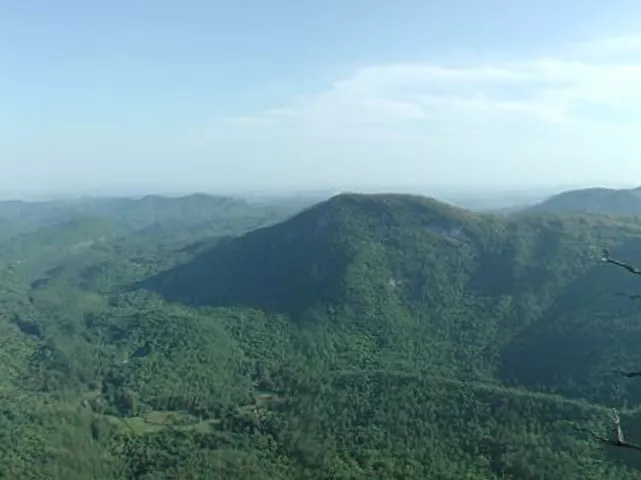
Cove forests are unique ecosystems found exclusively in North America, in the southern Appalachian Mountains of the United States. They are a special type of forest known as mixed deciduous, meaning that forest's trees lose their leaves in fall. Cove forests are restricted to mountain "coves," which are bowl-shaped valleys with very rich, fertile, damp soil. Many cove forests have streams wandering through part of the forest. The cove forests of the South exhibit the greatest plant and tree diversity of any forests in the United States.
The cove forests of South Carolina are restricted to the northwest portion of the state, extending from the north of Westminster to north of Greenville, Jones Gap State Park, Table Rock State Park, Oconee State Park, and Caesars Head State Park all contain cove forest communities. For more information, view the credits or find out how to plan a trip to a cove forest.
---
PLEASE NOTE:

Video
This shrew is very common and is one of the largest of the various shrew species weighing 11- 30 g. Food consists mainly of invertebrates such as earthworms, snails, and insects. However, these shrews...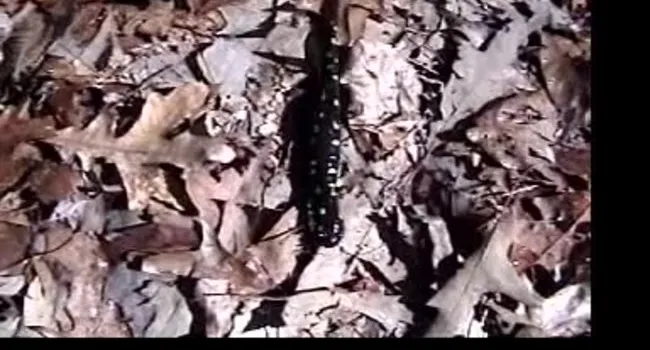
Video
(Ambystoma maculatum) The spotted salamander is one of the most colorful of the ambystomid salamanders. The shiny black back of the animal has a series of large yellow/yellow orange spots. These...
Video
(Eurycea bislineata) The two-lined is one of the smallest salamanders in the cove forest. This species is found under logs and rocks in the moist soil conditions, usually near water. Breeding occurs...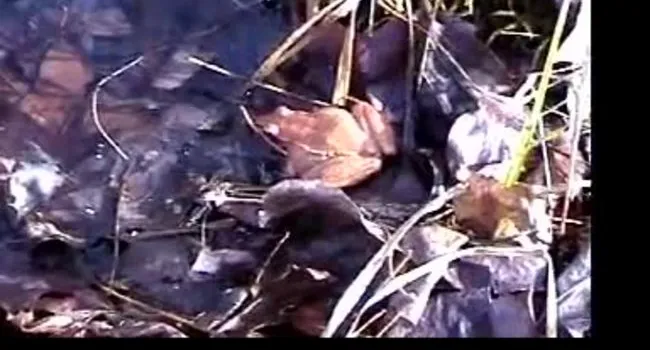
Video
(Rana sylvatica) This medium sized frog is primarily a northern species with its most southerly distribution associated with the cove forests of the mountain of SC. It is ieasily identifiied by its...
Photo
Hairs, spines and thorns occur on leaves and/or stems of certain plants. These mechanical defenses may provide some protection from larger herbivores, such as deer, as well as small insects, such as...
Photo
The hemlock wooly adelgid (HWA) is an aphid-sized insect that feeds on sap of the Canada hemlock, a widespread tree of eastern North American forests. The HWA causes Canada hemlock trees to drop their...
Photo
Animals that feed on fruit are frugivores. The most common frugivores are birds. Birds readily remove large numbers of ripe fruits from plants, and intact seeds generally pass through a bird's...
Photo
Mature trees in a cove forest are so large and so closely bunched together that the canopy is like a huge tent that shuts out the sunlight. Most photosynthesis (food production) of the forest occurs...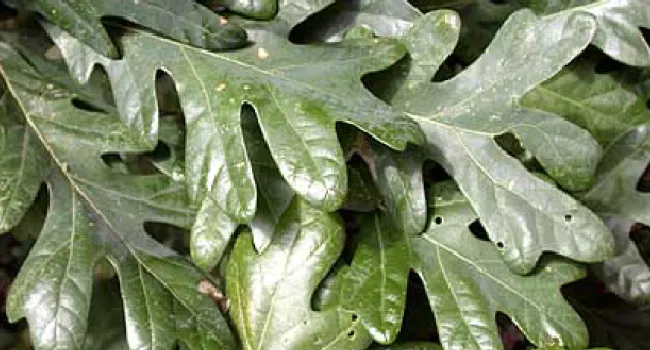
Photo
The most effective defense against herbivores are chemicals. Leaves, stems and roots often various chemicals that deter herbivores. For example, oaks have bitter-tasting chemicals called tannins that...
Photo
Wild boar eat, trample, uproot, and kill large numbers of plants. They also compete with native animals for acorns, nuts and berries. Because the availability of fruits can vary dramatically from year...